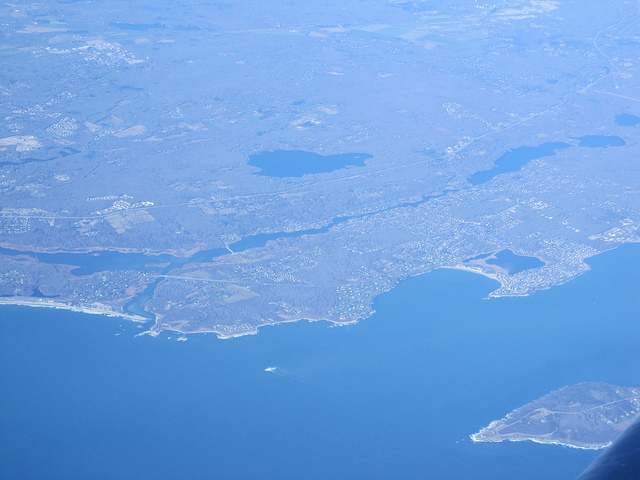Captain's log, stardate 2016-10-26
Once again I resolve to write about my work at Mozilla as a Firefox release manager. It’s hard to do, because even the smallest thing could fill LONG paragraphs with many links! Since I keep daily notes on what I work on, let me try translating that in brief. When moved, maybe I’ll go into depth.
This week we are coming into the home stretch of a 7 week release cycle. “My” release for right now is Firefox 49, which was released on I’m still juggling problems and responses and triaging for that every day. In a week and a half, we were scheduled to release Firefox 50. Today after some discussion we pushed back that schedule by a week.
Meanwhile, I am also helping a new release manager (Gerry) to go through tracked bugs, new regressions, top crash reports, and uplift requests for Aurora/Developer Edition (Firefox 51). I’m going through uplift requests for Firefox 45.5.0esr, the extended support release. There’s still more – I paid some attention to our “update orphaning” project to bring users stuck on older versions of Firefox forward to the current, better and safer versions.
As usual, this means talking to developers and managers across pretty much all the teams at Mozilla, so it is never boring. Our goal is to get fixes and improvements as fast as possible while making sure, as best we can, that those fixes aren’t causing worse problems. We also have the interesting challenges of working across many time zones around the world.

Today I had a brief 1:1 meeting with my manager and went to the Firefox Product cross-functional meeting. I always find useful as it brings together many teams. There was a long Firefox team all hands discussion and then I skipped going to another hour long triage meeting with the platform/firefox engineering managers. Whew! We had a lively discussion over the last couple of days about a performance regression (Bug 1304434). The issues are complicated to sort out. Everyone involved is super smart and the discussions have a collegiate quality. No one is “yelling at each other”, while we regularly challenge each other’s assumptions and are free to disagree – usually in public view on a mailing list or in our bug tracker. This is part of why I really love Mozilla. While we can get a bit heated and stressed, overall, the culture is good. YMMV of course.
By that time (11am) I had been working since 7:30am, setting many queries in bugs, and on IRC, and in emails into motion and made a lot of small but oddly difficult decisions. Often this meant exercising my wontfix powers on bugs — deferring uplift (aka “backport” ) to 50, 51, or leaving a fix in 52 to ride the trains to release some time next year. As I’m feeling pretty good I headed out to have lunch and work from a cafe downtown (Mazarine – the turkey salad sandwich was very good!)
This afternoon I’m focusing on ESR 45, and Aurora 51, doing a bit more bug triage. There are a couple of ESR uplifts stressing me out — seriously, I was having kittens over these patches — but now that we have an extra week until we release, it feels like a better position for asking for a 2nd code review, a bit more time for QA, and so on.
Heading out soon for drinks with friends across the street from this cafe, and then to the Internet Archive’s 20th anniversary party. Yay, Internet Archive!
